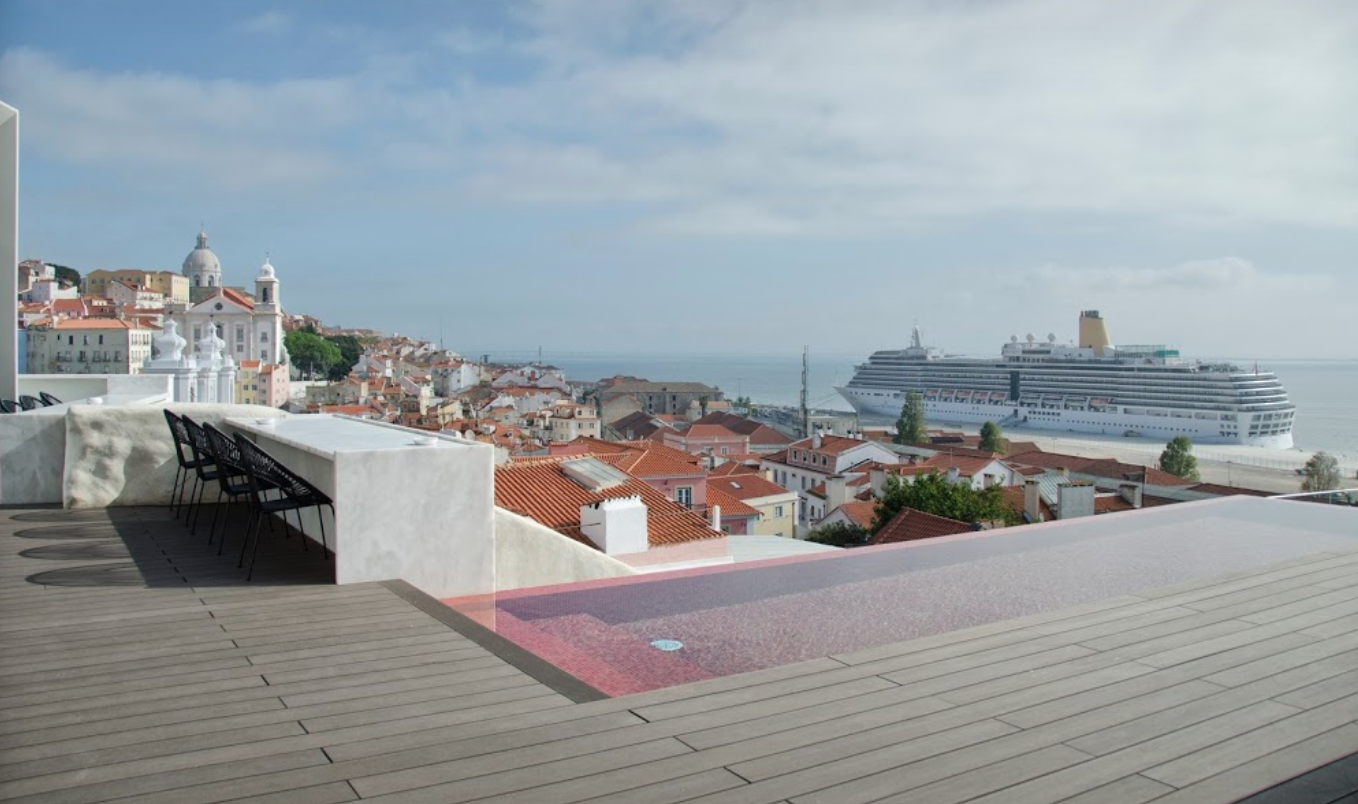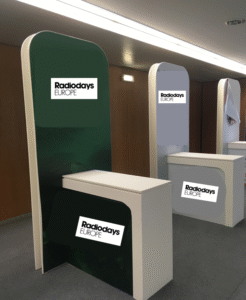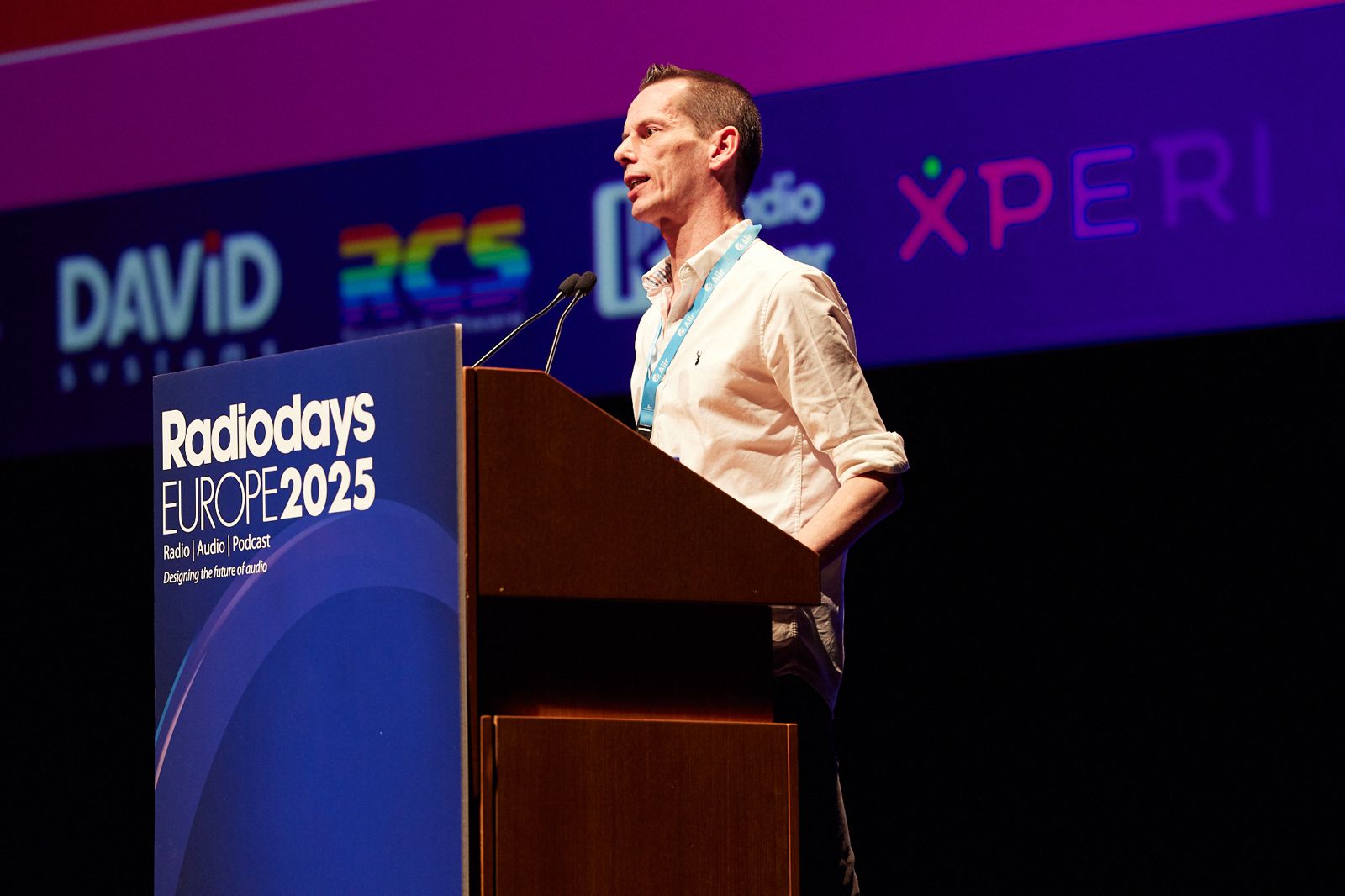
More Hotel Partners for Lisbon, Portugal!
Radiodays Europe are pleased to announce additional hotel partners for Lisbon, Portugal. See below for further information, including discount code. Book your accommodation for Radiodays Europe today!
To book the Radiodays Europe discount use code: MEMMORADIO
WARNING – Radiodays Europe is aware of a number of SCAMS operating with regard to booking hotels. Radiodays Europe and its partners do not contact any delegates of RDE directly and take no responsibility for delegate accommodation. PLEASE BE CAREFUL when booking your hotel!
Tucked away in a privileged location – through a narrow street and a small tunnel – sits Memmo Príncipe Real, home to a secret sightseeing spot with breathtaking views over the city and a gateway to explore one of the most charming neighborhoods in Lisbon. Almost levitating at the top of the hill, the 41-room property is the first five-star boutique hotel set in what is becoming the trendiest neighborhood in Lisbon and, though residential in feel, is also home to one of its best and alternative shopping areas.
Adress: Rua Dom Pedro V, 56 J, 1250-094 Lisboa
Phone: (+351) 21 901 6800
Email: reservation.preal@memmohotels.com
Located in the heart of the most typical district of Lisbon – Alfama – steps away from the Cathedral and the São Jorge Castle, memmo Alfama is already considered as one of the best hotels in Lisbon and is the first boutique hotel in the city’s historic area, with it’s narrow streets, traditional shops and the famous Fado restaurants. Memmo Alfama redefines the standards of hospitality in Lisbon: the authentic and contemporary style, perfectly integrated in the surroundings, the 42 rooms overlooking the river Tagus and Alfama the special feeling of being at a Portuguese home and the attentive staff that will make your visit to Lisbon unforgettable.
Address: Tv. Merceeiras 27, 1100-348 Lisboa
Phone < (+351) 21 049 5660
Email: reservations.alfama@memmohotels.com
Located in the heart of the most typical district of Lisbon – Alfama – steps away from the Cathedral and the São Jorge Castle, memmo Alfama is already considered as one of the best hotels in Lisbon and is the first boutique hotel in the city’s historic area, with it’s narrow streets, traditional shops and the famous Fado restaurants.
memmo Alfama redefines the standards of hospitality in Lisbon: the authentic and contemporary style, perfectly integrated in the surroundings, the 42 rooms overlooking the river Tagus and Alfama the special feeling of being at a Portuguese home and the attentive staff that will make your visit to Lisbon unforgettable.
Address: Tv. Merceeiras 27, 1100-348 Lisboa
Phone < (+351) 21 049 5660
Email: reservations.alfama@memmohotels.com




